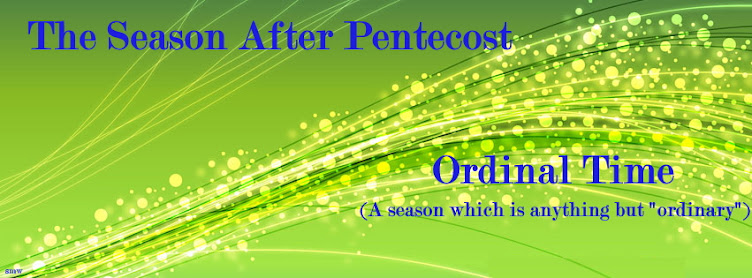Some issues allow for a diversity of opinion, and Catholics are permitted leeway in endorsing or opposing particular policies. This is the case with the questions of when to go to war and when to apply the death penalty. Though the Church urges caution regarding both of these issues, it acknowledges that the state has the right to employ them in some circumstances (CCC 2309, 2267).
Pope
Benedict XVI, when he was still Joseph Cardinal Ratzinger, spoke of this in a
document dealing with when Catholics may receive Communion:
“Not all moral issues
have the same moral weight as abortion and euthanasia. For example, if a Catholic were to be at odds
with the Holy Father on the application of capital punishment or on the
decision to wage war, he would not for that reason be considered unworthy to
present himself to receive Holy Communion.
While the Church exhorts civil authorities to seek peace, not war, and
to exercise discretion and mercy in imposing punishment on criminals, it may
still be permissible to take up arms to repel an aggressor or to have recourse
to capital punishment. There may be a
legitimate diversity of opinion even among Catholics about waging war and
applying the death penalty, but not however with regard to abortion and
euthanasia” (WRHC 3).
The same is
true of many other issues that are the subject of political debate: the best
way to help the poor, to manage the economy, to protect the environment, to
handle immigration, and to provide education, health care and retirement
security. Catholics may legitimately
take different approaches to these issues while the same cannot be said for
euthanasia and abortion, two actions which are always wrong no matter the
circumstances. The protection of innocent
life always takes precedence to all other issues. What good are all other rights if one does
not have the right to life?
God Bless
Nathan
Nathan
Ref:
Catholic Answers, Voter’s Guide for
Serious Catholics, Catholic Answers Press, 16 pgs, 2016





